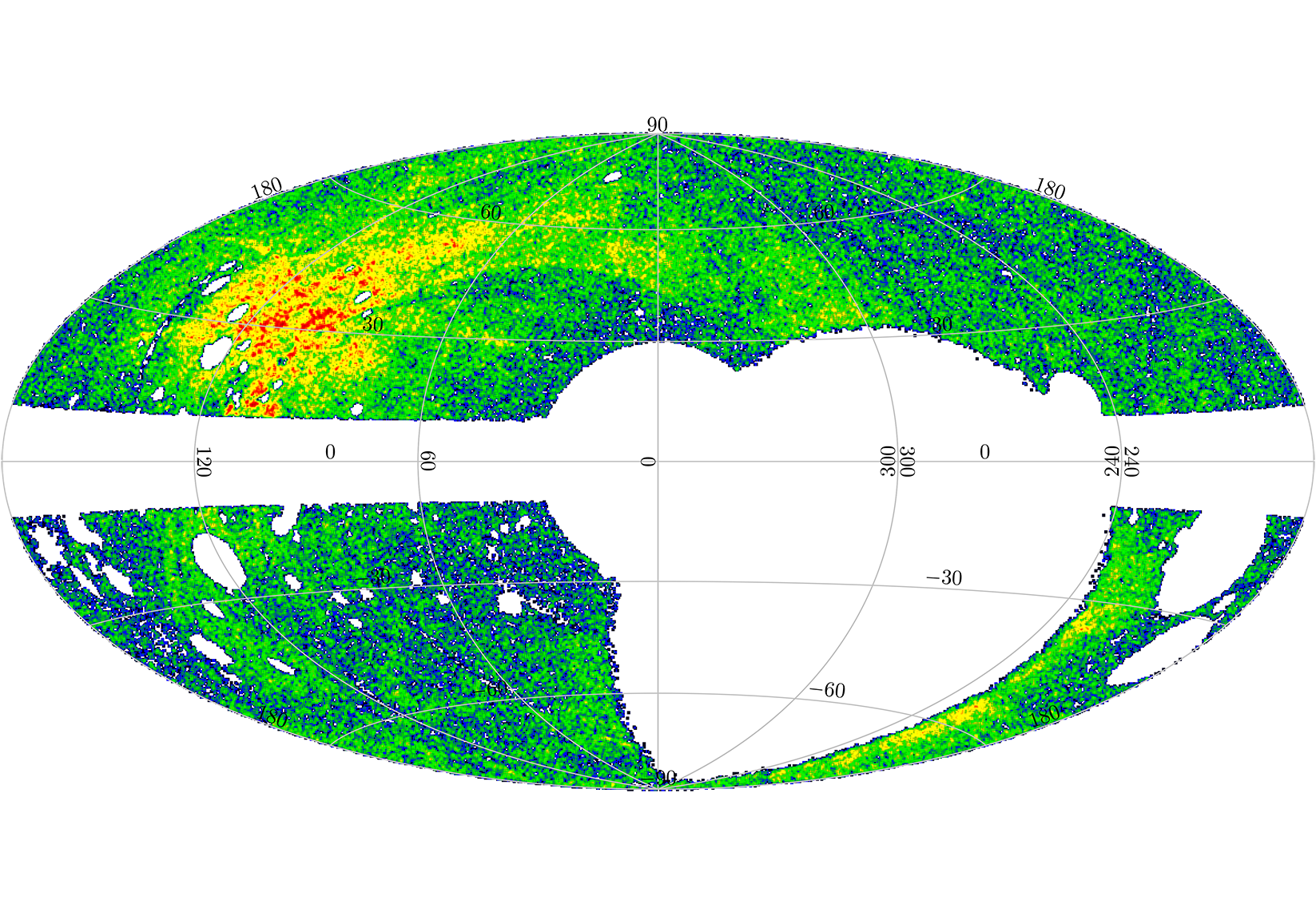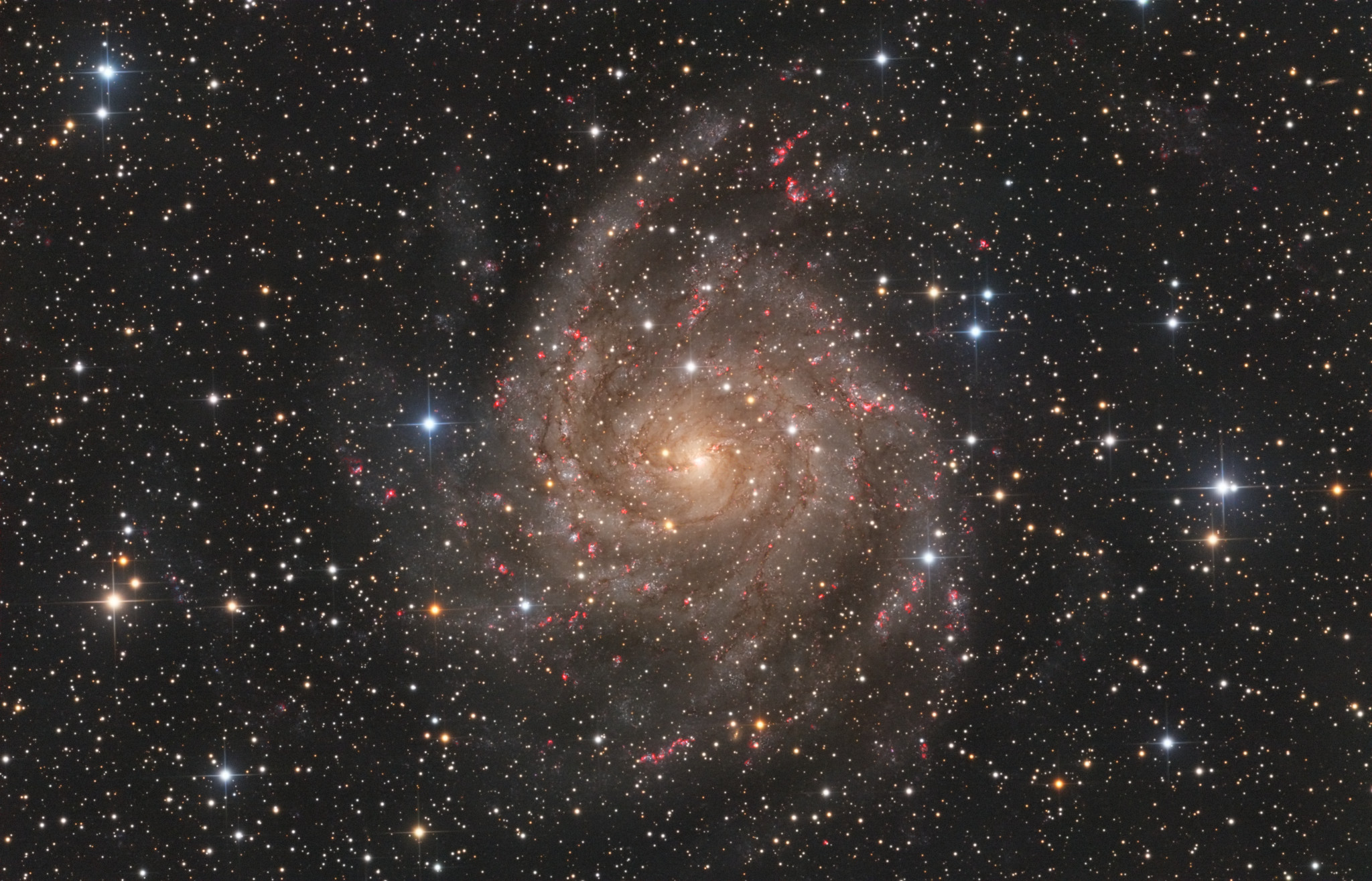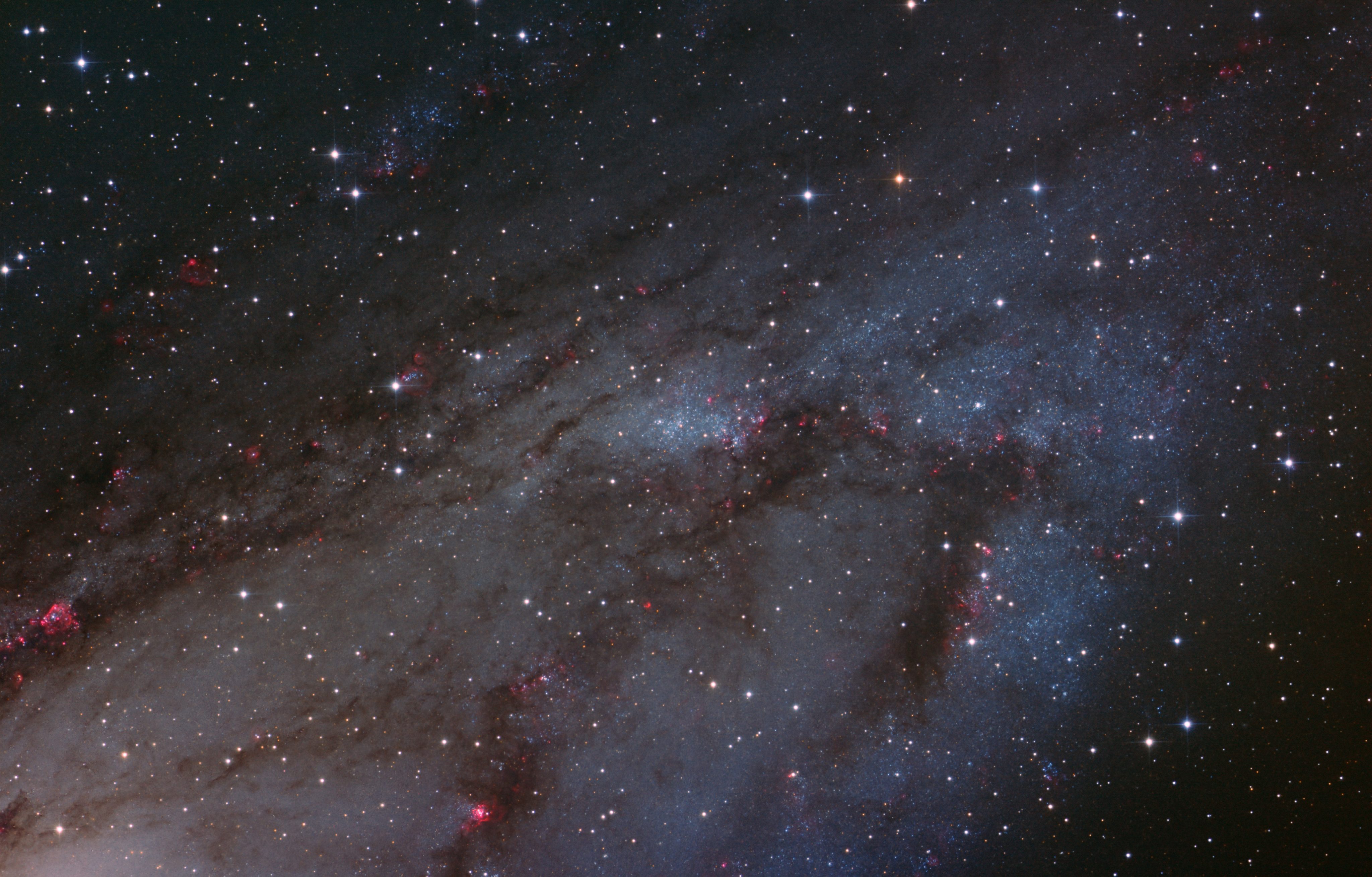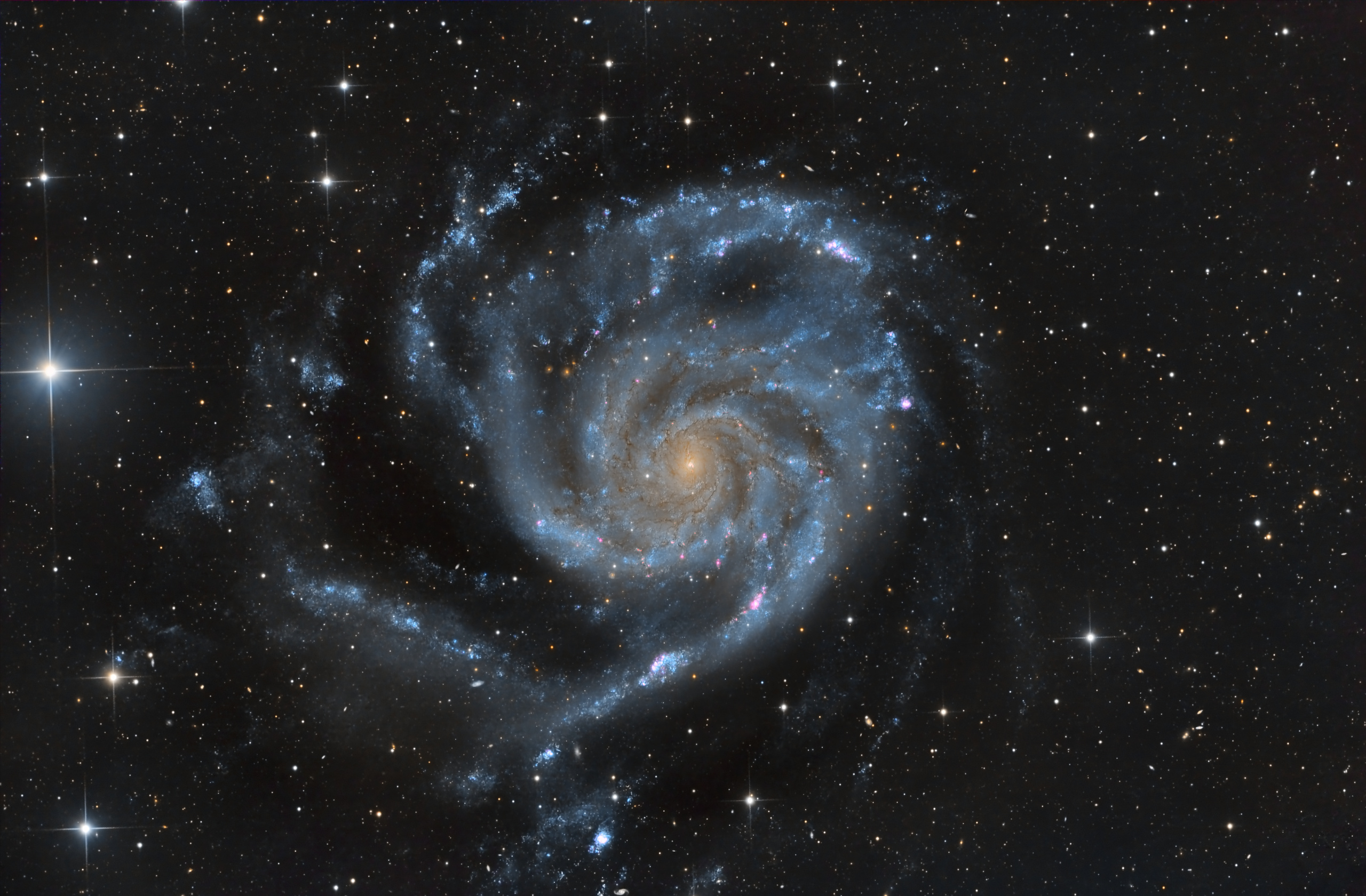My latest publication (2018) abstract:
Multi-wavelength variability, arising due to the supermassive black hole accretion instabilities, is one of the intrinsic characteristics of active galactic nuclei (AGN). Combined with mid-infrared photometry, variability in optical continuum allows us to identify AGNs in the survey data. This work presents a sample of 229236 optically variable quasar candidates, identified in the final all-sky Wide-field Infrared Survey Explorer catalog and the Panoramic Survey Telescope and Rapid Response System Data Release 1 via a combination of 4 mid-infrared (3.4, 4.6, 12 and 22 micrometer; W1, W2, W3 and W4) and 5 optical (grizyP1) bands at 481, 617, 752, 866, and 962 nm. The selection criteria is based on the variability significance threshold set at 2-sigma and 3-sigma levels, and mid-infrared color cuts and spatial filters that prevent contamination from galactic sources. 127350 quasar candidates are found to be variable at the 3-sigma level. The cross-matching of this sample with the recent AGN catalogs resulted in 54218 point sources likely representing previously uncatalogued quasars, out of which 27845 exhibit variability at the 3-sigma level. The selection criteria used is tested against the ground truth sample from the AGN and Galaxy Evolution Survey in the 3.4 deg^2 crop of the Bootes field, indicating 82% reliability for quasars selected at the 2-sigma variability level, and 90% reliability for quasars selected at the 3-sigma level. Populations of candidates appearing as distinct concentrations in the mid-IR color space are identified, representing traditional quasars and, possibly, AGNs in starburst or ultraluminous infrared galaxies. The nature of remaining candidates may be explained as AGNs in late-type galaxies, however, additional research is required to gain certainty. 
Link to full paper: https://ui.adsabs.harvard.edu/?#abs/2018JAD….24….3U
Link to the catalog in the VizieR: http://vizier.u-strasbg.fr/viz-bin/VizieR?-source=J%2Fother%2FJAD%2F24%2E3


